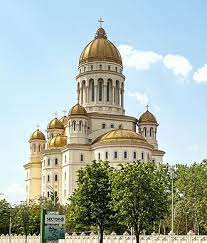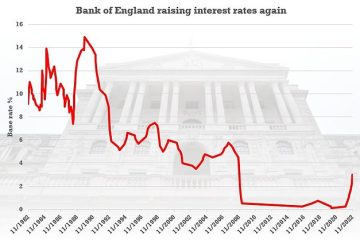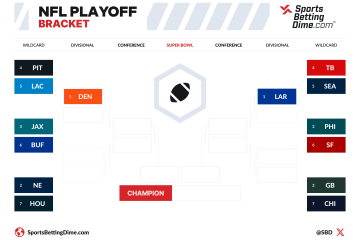The Significance of Romanian Angels in Culture

Introduction
The concept of angels has been prevalent in various cultures and religions, but Romanian angels hold a unique place in the rich tapestry of Romanian folklore and traditions. Rooted deeply in the nation’s spirituality, these celestial beings represent hope, protection, and guidance. The relevance of Romanian angels has resurfaced in contemporary culture, motivating artists, authors, and the general public to explore their significance through various mediums.
The Folklore of Romanian Angels
In Romanian myths, angels are often depicted as guardians who protect individuals and communities from harm. They are integral to many traditional stories, where they intervene during critical moments. Some of the most notable angels in Romanian folklore include the Archangel Michael and the Archangel Gabriel, both prominent figures in Christian traditions as well. These angels not only embody virtues such as courage and wisdom but also serve as reminders of the moral responsibilities individuals hold in their own lives.
Modern Interpretations
In recent years, Romanian angels have found new life in various artistic expressions. Literature and theatre have embraced these characters, presenting them in innovative narratives that resonate with contemporary societal issues. For instance, Romanian playwrights are reimagining classic tales, intertwining themes of love, conflict, and redemption with angelic figures. Art exhibitions frequently showcase visual pieces inspired by these celestial beings, prompting discussions about faith, hope, and human struggles.
Significance for the Community
The portrayal of angels in Romania today transcends mere folklore, evolving into a symbol of unity, resilience, and cultural pride. Many communities celebrate the Feast of the Archangels, incorporating traditions that invoke the angels’ blessings and protection. Upcoming festivals, such as ‘Days of the Angels,’ are anticipated to draw attention to this heritage, fostering a sense of belonging and continuity among Romania’s diverse population.
Conclusion
As Romania navigates the complexities of the modern world, the angelic figures from its folklore continue to inspire and comfort. They serve as a bridge between the past and the present, reminding people of their roots while adapting to new narratives that resonate with current concerns. The revival of interest in Romanian angels is not merely a nostalgic look back; it is a celebration of culture, identity, and the enduring human spirit. As Romania embraces its cultural icons, it is likely that the narrative of these angels will evolve further, maintaining their significance for future generations.









